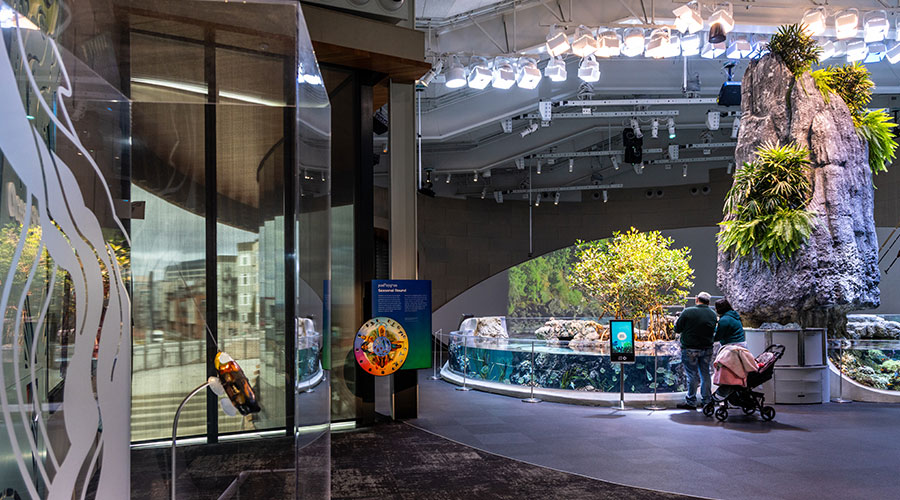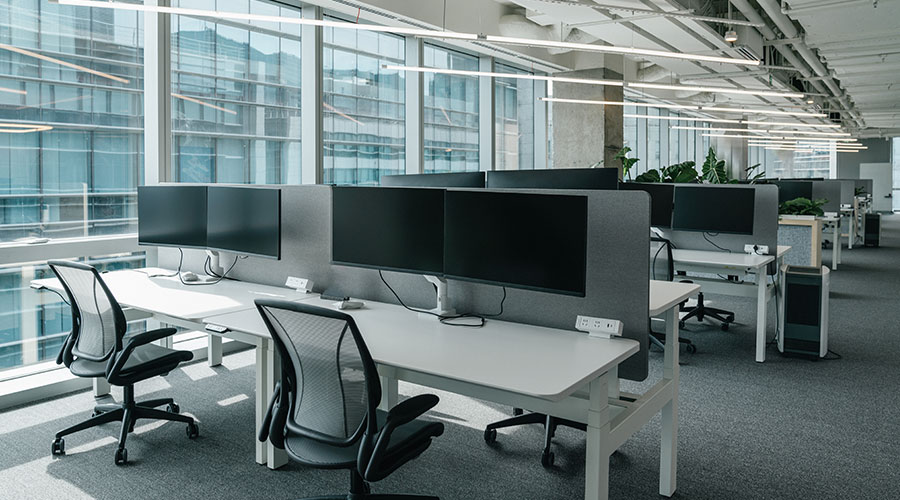A wide range of claims has been made for lifetimes of LED lighting, but care is needed when evaluating them. While the LED portion of a lighting system may indeed operate for 50,000 hours, other parts, like the power supply or cooling system, may not. If the LED source is built into a fixture instead of being readily replaceable, the entire fixture may need to be replaced.
Tests by DOE in one sampling found that almost a quarter failed to last 1,000 hours despite claimed lives of 50,000 hours. In a later (2011) test report, DOE said: "Surprisingly to many, the true reliability and lifetime of LED lighting systems is generally not known. Even worse, lumen maintenance values of LED devices are widely used as a proxy for the lifetime of an LED lighting system, which is misleading."
Because a significant portion of total savings for an LED system may be based on maintenance savings from avoided relampings, a shortened lifetime could easily upend savings projections. Careful reading of warranties is essential to ensure that the full cost of such failures, including replacement labor, is covered.
And while LED lighting technology continues to improve, so does that of its alternatives. Linear fluorescent lamps with lives of 42,000 hours are now available, some with burn hour warranties. As with standard fluorescent lamps, failures are easily replaced without the need to remove fixtures.
— Lindsay Audin
|














